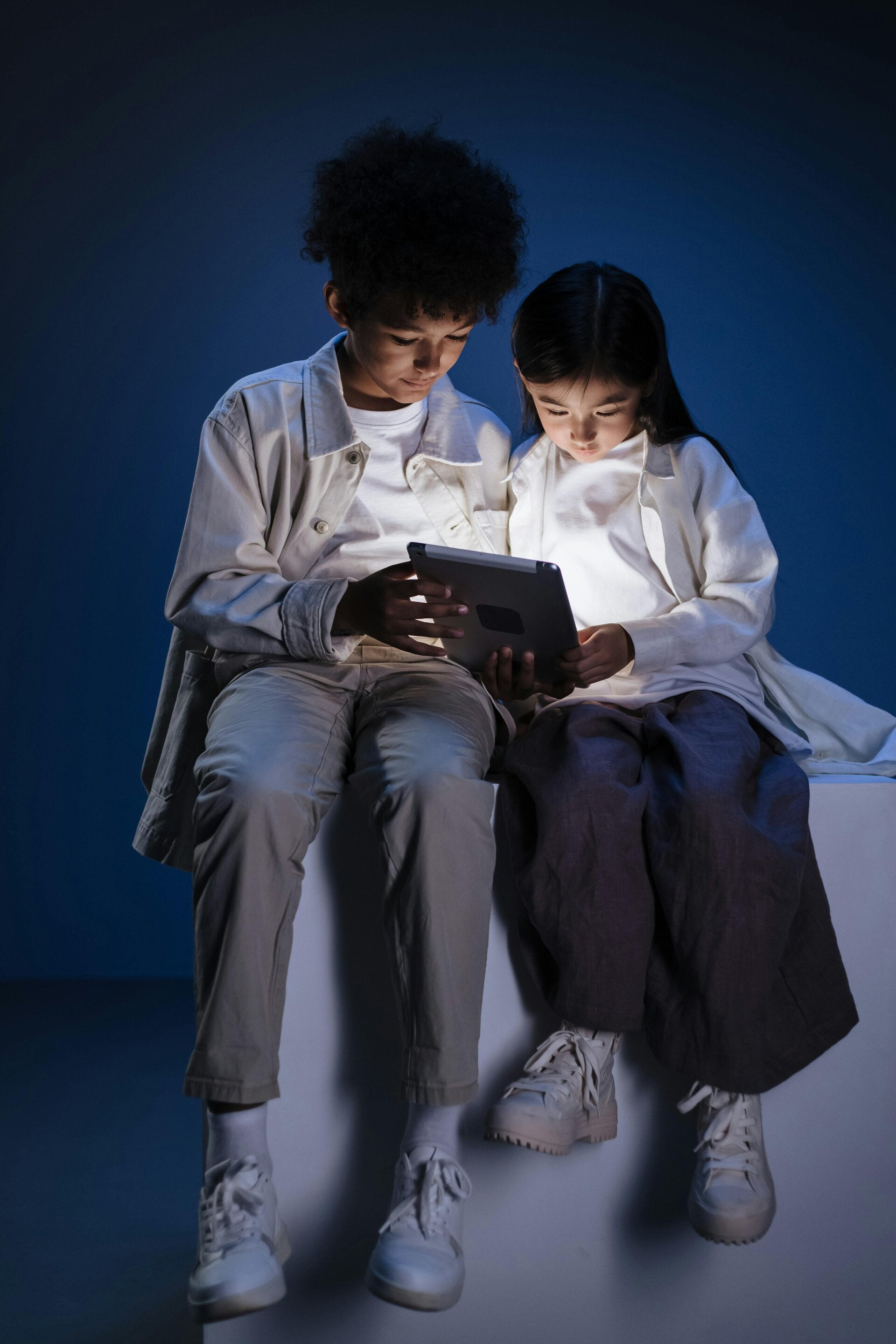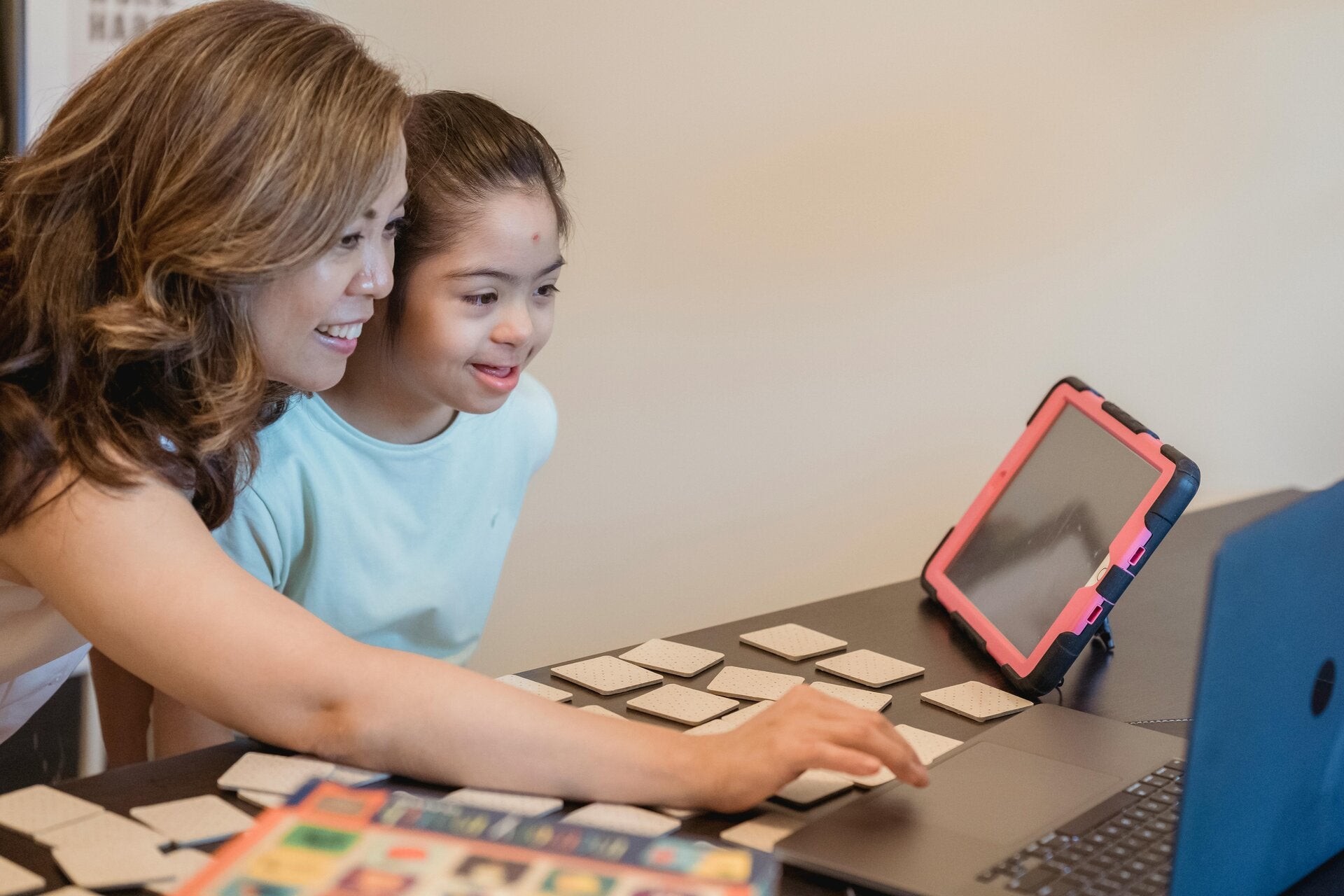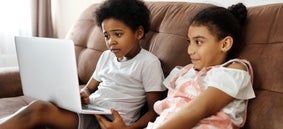
TECHNOLOGIES
Introduction
Digital tools and conventional problem-solving techniques are both included in early childhood education technologies, which promote children's creativity through design, innovation, and critical thinking. According to the EYLF (DEEWR, 2022), technology facilitates children's access to information as well as their ability to generate and share ideas. Technology experiences can involve making prototypes out of common materials, scripting simple robots, or using tablets for multimedia storytelling. When used carefully, technology encourages experiential learning and expands children' creative potential in a variety of subject areas. It's crucial that technology use be intentional, balanced, and developmentally appropriate so that children can be active creators rather than passive consumers, encouraging creativity and agency in their educational paths.

Theories and Views of Creativity
Papert's constructionism supports learning by doing, especially with digital tools, which is consistent with the use of technology in early childhood education. According to Vygotsky's sociocultural theory, technology can be used as a tool for knowledge co-construction and collaboration. The "flow" theory of Csikszentmihalyi is applicable when children are actively involved in imaginative technology initiatives. In order to provide meaningful learning, Mishra and Koehler's TPACK framework places a strong emphasis on integrating technological, pedagogical, and content knowledge. Digital technology is also valued as a contemporary expressive language in the Reggio Emilia approach. Collectively, these viewpoints demonstrate how technology, when employed for design, narrative, and exploration rather than rote consumption, can foster creativity in early childhood settings.
Materials, Digital Technologies, and Resources
Tablets, computers, and interactive whiteboards for creating multimedia are essential tools. Children can record and reflect on projects using digital cameras. Computational thinking is introduced through age-appropriate coding tools such as Bee-Bots, ScratchJr, and Cubetto. Tinkercad and other 3D design tools allow children to visualize and print prototypes. Makey Makey kits transform commonplace objects into input devices, fusing digital and physical creativity. Engineering and technology are combined in robotics kits like LEGO WeDo and Dash and Dot. Having access to drawing tablets, headphones, and microphones enhances artistic expression. Unplugged activities that foster logical thinking, such pattern-building exercises and sequencing games, are just as crucial.

Experiences in Learning

0-2 Years
- Digital Photo Exploration: Children capture and see pictures of things they know using a basic camera.
- Cause-and-Effect Applications: Interactive touch-screen exercises help users learn about input and reaction.

2-3 Years
- Bee-Bot Journey: By teaching Bee-Bots to navigate to specific areas, children may develop their sequencing skills.
- Digital Drawing: Children experiment with mark-making in a digital format by using apps such as Drawing Pad.

3-5 Years
- Stop-Motion Animation: Using real items and a tablet app, children make little animated scenes.
- Makey Makey Music: Using objects or fruits to create music promotes creativity.

6-8 Years
- ScratchJr Story Coding: Children create and program animated interactive stories.
- 3D Model Printing: Children create basic 3D shapes for printing with Tinkercad.
Create Your Own Website With Webador